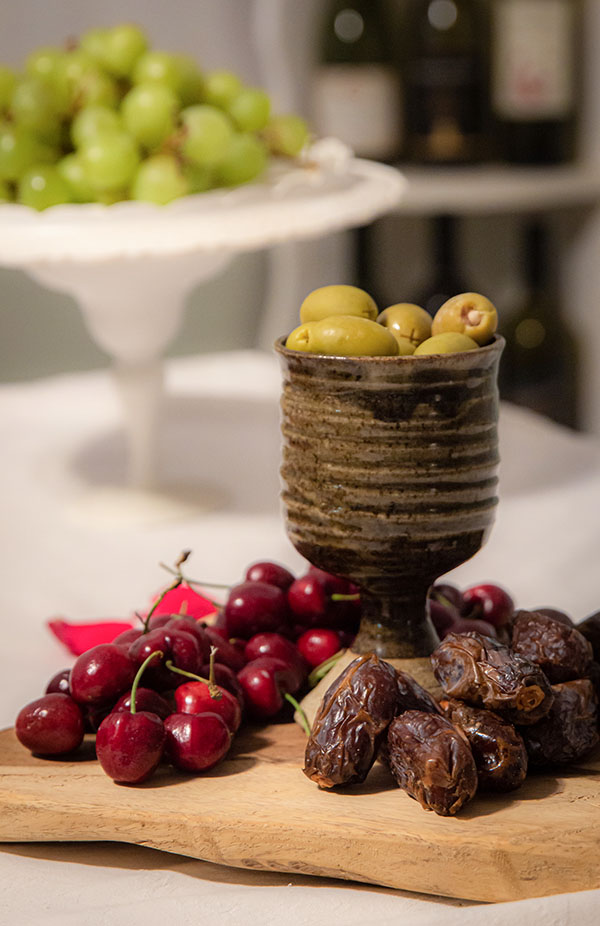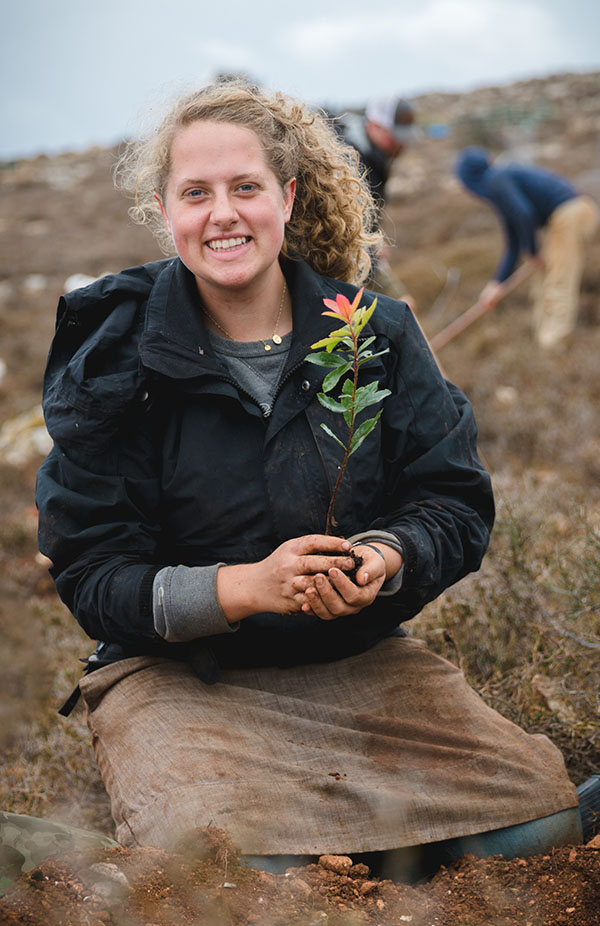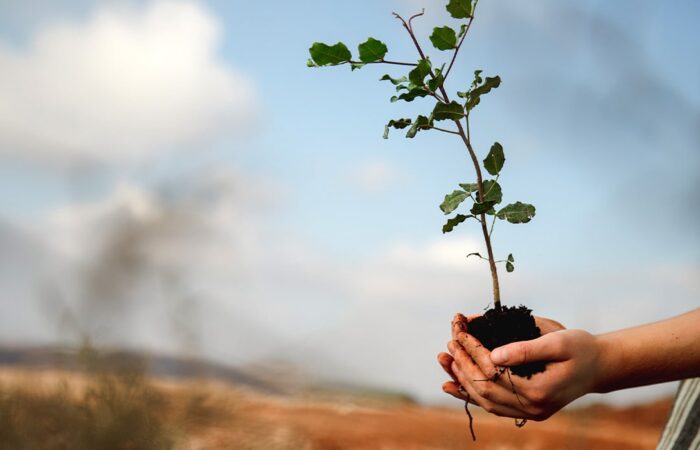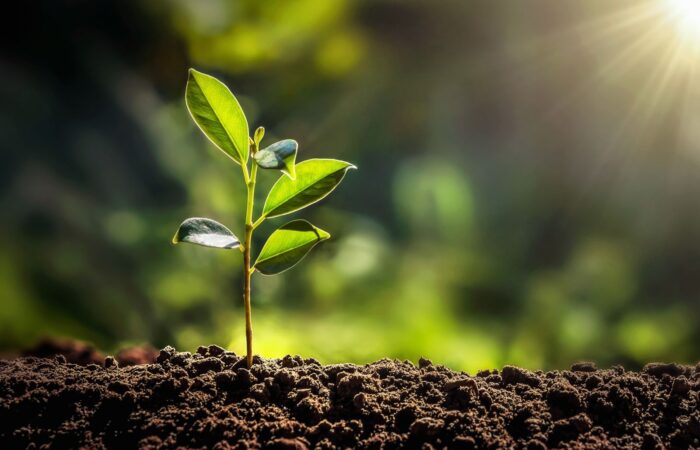
This week in Israel, the joyous holiday of Tu B’Shvat is being celebrated. Many people are probably thinking, “Tu B’what? What is that?” Today, we’ll dive into what Tu B’Shvat is, why it’s important, and how it pertains to our lives.
Tu B’Shvat is observed on the 15th day of Shevat (a month in the Hebrew calendar) and is known as the New Year for Trees. The concept of a “new year” in the middle of February, specifically for plants, might seem a bit peculiar to many. But there is actually a good reason for this seemingly strange timing. In Israel, the rainy season begins in the late fall, and after a few months of rain, the trees begin to bloom around the time of Tu B’Shvat. That’s the general idea behind Tu B’Shvat, but there’s actually much more to this holiday than meets the eye.
Why Are Trees Important?
You might be wondering what is so important about trees that they get their own holiday. The trees of Israel hold a particularly special place in the Bible. In Isaiah 55, it says this:
“For you shall go out with joy and be led out with peace; the mountains and the hills shall break forth into singing before you, and all the trees of the field shall clap their hands. Instead of the thorn shall come up the cypress tree, and instead of the brier shall come up the myrtle tree; and it shall be to the Lord for a name, for an everlasting sign that shall not be cut off.”
When trees are planted and replace the thorns of desolation in Israel, they make a name for the Lord, affirming that His promises are true. The trees coming back to the land of Israel are an everlasting sign and an indication that redemption described in the Bible is happening in our lifetime.
Metaphorical Symbolism of Trees
The Bible often makes parallels between man and agriculture, so what are the similarities between us and trees? One idea is this:
A tree is composed of three main parts: the roots, the body (trunk, branches, and leaves), and the fruit. A person’s spiritual life can also be divided into the same categories:
- The roots (faith)
- The body (our emotional and practical accomplishments)
- The fruit (the product of the other two)
Tu B’Shvat and the Fruits of the Spirit
A person’s spiritual roots determine their overall well-being. Without strong roots, the tree is destined for poor health, while strong roots establish a robust and bountiful tree. The foundation of your faith is what keeps you standing on solid ground, not easily moved by the waves and storms that are certain to arise over time.

A person’s emotional and practical accomplishments (the body) stem directly from the roots and are displayed through wisdom, understanding, and experience.
Just as a tree requires occasional pruning, so does each person. This topic is addressed in John 15. Pruning is necessary for the overall health of the tree. Similarly, a person requires spiritual pruning. It could involve an action that does not glorify God or it could be an area of your life that once produced fruit but is now unfruitful. Spiritual pruning is essential for continuing to grow in your relationship with our Creator.
This concept of a person’s “fruit” is a frequently discussed topic in the Bible, best displayed in Galatians. These are the well-known fruits of the Spirit:
- Love
- Joy
- Peace
- Longsuffering
- Kindness
- Goodness
- Faithfulness
- Gentleness
- Self-Control
In most cases, you can assess the health of the roots and body based on the fruit shown in a person’s life.
There is also another component to the fruit: the seed.
Sometimes, planting a seed in someone’s life can look as simple as displaying these characteristics in your own life. If they attain even the faith (root) of a mustard seed, great things can emerge as the fruit in their life.
Will You Celebrate Tu B’Shvat this Year?
If you want to celebrate the New Year of the Trees, there are some common customs. One of these is eating the produce that the land of Israel is praised for. These include wheat, barley, grapes, figs, dates, pomegranates, and olives.

If you’re interested in eating some of these fruits fresh off the tree, you may have an opportunity to do that if you join us for one of our grape harvesting trips this fall.
Another common practice on Tu B’Shvat is planting a tree! That’s something we get particularly excited about here in Israel. If you want to help us plant trees this Tu B’Shvat, you can donate a tree here.
Trees show great parallels to our lives and serve as a wonderful indicator of God’s faithfulness and the soon-coming redemption. As we celebrate the New Year for Trees here in Israel, we hope that you can join us in this celebration from your own homes around the world—and maybe, one day, you can join us here in Israel!





I have donated 6 trees. GOD bless you all.
Thank you for dialogue, very interesting and important.
This touches my heart, just this week I’m germinating Moringa seeds for planting this year, thank you for enriching my life